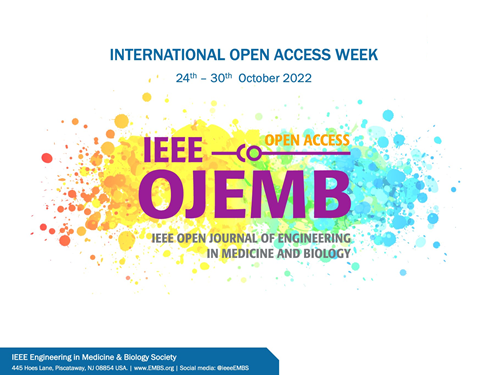心肺搭桥过程中产生的微气泡数量可通过机器学习从抽吸流速、静脉贮水池水平、灌注流速、血细胞比容水平和血温中估算出来
IF 2.7
Q3 ENGINEERING, BIOMEDICAL
IEEE Open Journal of Engineering in Medicine and Biology
Pub Date : 2024-01-08
DOI:10.1109/OJEMB.2024.3350922
引用次数: 0
摘要
目标:众所周知,心肺旁路(CPB)系统回路中会产生微气泡(MB),而心脏手术后的高阶功能障碍可能是由 MB 以及与插管相关的动脉粥样斑块弥散引起的。由于不可能完全消除 MB,因此监测 MB 的计数率至关重要。我们提出了一种基于神经网络模型的在线检测系统,利用抽吸流速、静脉储液水平、灌注流速、血细胞比容水平和血液温度这五个参数来估计 MB 的计数率。方法:使用实际的 CPB 电路进行灌注实验,并使用五个不同的参数测量 MB 计数率。结果:Bland-Altman 分析表明估算准确率很高(R2 > 0.95,p < 0.001),没有明显的系统误差。在临床实践中,虽然纳入临床程序会略微降低估计准确性,但 30 个临床病例的测量和估计 MB 计数率之间的决定系数很高(R2 = 0.8576)。结论:我们的研究结果凸显了该系统在改善患者预后和降低甲基溴相关并发症风险方面的潜力。本文章由计算机程序翻译,如有差异,请以英文原文为准。
The Number of Microbubbles Generated During Cardiopulmonary Bypass Can Be Estimated Using Machine Learning From Suction Flow Rate, Venous Reservoir Level, Perfusion Flow Rate, Hematocrit Level, and Blood Temperature
Goal: Microbubbles (MBs) are known to occur within the circuits of cardiopulmonary bypass (CPB) systems, and higher-order dysfunction after cardiac surgery may be caused by MBs as well as atheroma dispersal associated with cannula insertion. As complete MB elimination is not possible, monitoring MB count rates is critical. We propose an online detection system with a neural network-based model to estimate MB count rate using five parameters: suction flow rate, venous reservoir level, perfusion flow rate, hematocrit level, and blood temperature. Methods: Perfusion experiments were performed using an actual CPB circuit, and MB count rates were measured using the five varying parameters. Results: Bland–Altman analysis indicated a high estimation accuracy (
R2
> 0.95,
p
< 0.001) with no significant systematic error. In clinical practice, although the inclusion of clinical procedures slightly decreased the estimation accuracy, a high coefficient of determination for 30 clinical cases (
R2
= 0.8576) was achieved between measured and estimated MB count rates. Conclusions: Our results highlight the potential of this system to improve patient outcomes and reduce MB-associated complication risk.
求助全文
通过发布文献求助,成功后即可免费获取论文全文。
去求助
来源期刊

IEEE Open Journal of Engineering in Medicine and Biology
ENGINEERING, BIOMEDICAL-
CiteScore
9.50
自引率
3.40%
发文量
20
审稿时长
10 weeks
期刊介绍:
The IEEE Open Journal of Engineering in Medicine and Biology (IEEE OJEMB) is dedicated to serving the community of innovators in medicine, technology, and the sciences, with the core goal of advancing the highest-quality interdisciplinary research between these disciplines. The journal firmly believes that the future of medicine depends on close collaboration between biology and technology, and that fostering interaction between these fields is an important way to advance key discoveries that can improve clinical care.IEEE OJEMB is a gold open access journal in which the authors retain the copyright to their papers and readers have free access to the full text and PDFs on the IEEE Xplore® Digital Library. However, authors are required to pay an article processing fee at the time their paper is accepted for publication, using to cover the cost of publication.
 求助内容:
求助内容: 应助结果提醒方式:
应助结果提醒方式:


